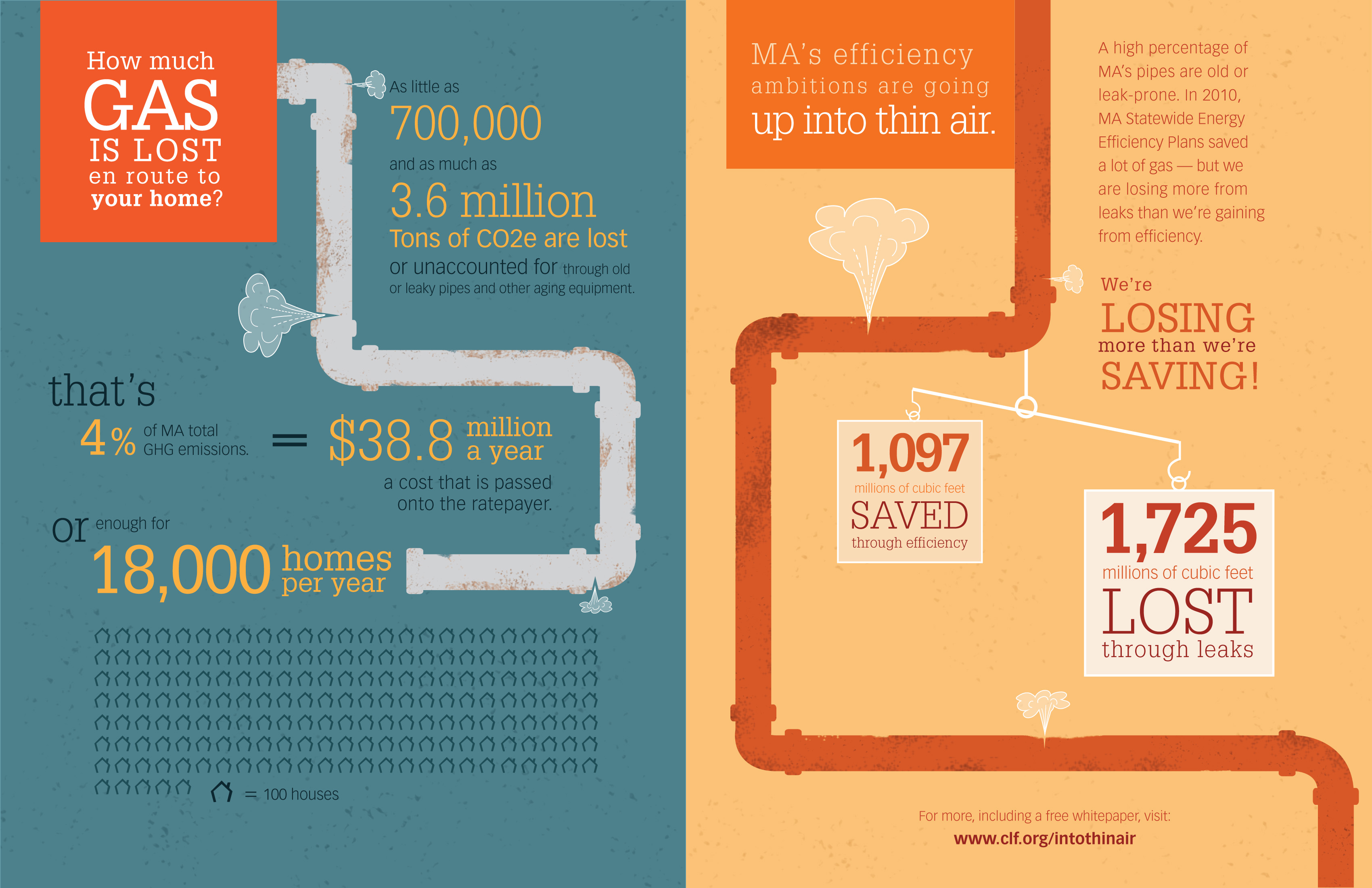An Introduction To The Essentials Of Solar Energy Systems And Their Functionality
An Introduction To The Essentials Of Solar Energy Systems And Their Functionality
Blog Article
solar energy systems homes -Rye Jimenez
So, you've found out about photovoltaic panels and their possible to create power from sunshine, but just how specifically do they work? Comprehending the detailed modern technology behind solar panels can be a remarkable journey right into the globe of renewable resource. From the basic concepts of solar batteries to the complex parts that make up a solar panel system, there's a whole realm of knowledge waiting to be discovered. Let's untangle the mysteries of photovoltaic panel innovation together.
Photovoltaic Panel Innovation Fundamentals
To genuinely realize the essence of photovoltaic panel modern technology, you need to explore the fundamental principles that underpin its performance. Photovoltaic panel consist of photovoltaic cells, commonly made from silicon, which have the exceptional capability to transform sunlight right into electrical energy via the photovoltaic or pv impact. When sunlight strikes the cells, the photons in the light interact with the silicon atoms, creating the electrons to damage devoid of their atomic bonds. This develops an electric current that can then be used for powering various tools.
The key element of solar panels is the semiconductors within the photovoltaic cells, which promote the conversion of sunshine into usable electrical energy. These semiconductors have both favorable and adverse layers, developing an electric field that allows for the circulation of electrons.
This circulation of electrons, when linked in a circuit, creates direct present (DC) electricity. Understanding these standard concepts is vital for valuing exactly how solar panels can harness the sun's energy to power homes, businesses, and also satellites in space.
How Solar Panels Generate Electricity
Photovoltaic panel harness the sunlight's energy by transforming sunlight into electrical power through a procedure called the photovoltaic or pv impact. When sunlight strikes the solar panels, the photons (light particles) are taken in by the semiconducting materials within the panels, typically made of silicon. This absorption creates an electrical existing as the photons knock electrons loose from the atoms within the material.
The electric fields within the solar cells then compel these electrons to flow in a specific direction, producing a straight current (DC) of electrical energy. This straight current is then passed through an inverter, which transforms it into alternating current (A/C) electricity that can be made use of to power your home or organization.
Excess electrical energy generated by the photovoltaic panels can be kept in batteries for later usage or fed back right into the grid for credit history with a process called web metering. Recognizing exactly how solar panels create electrical energy is vital to appreciating the ecological and cost-saving advantages of solar power systems.
Comprehending Photovoltaic Panel Components
One essential element of photovoltaic panel modern technology is recognizing the numerous parts that make up a photovoltaic panel system.
The essential elements of a solar panel system include the photovoltaic panels themselves, which are composed of solar batteries that convert sunshine right into electricity. These panels are mounted on a structure, commonly a roofing, to catch sunshine.
In addition to the panels, there are inverters that transform the straight existing (DC) electrical power generated by the panels into rotating present (A/C) electrical power that can be utilized in homes or services.
The system also includes racking to support and position the photovoltaic panels for ideal sunlight direct exposure. Moreover, cords and connectors are crucial for transferring the electricity produced by the panels to the electric system of a building.
Finally, a surveillance system may be included to track the performance of the solar panel system and guarantee it's functioning efficiently. Comprehending these components is vital for any individual aiming to set up or use solar panel technology successfully.
solar for houses that you comprehend the fundamentals of solar panel technology and just how it works, you can value the power of utilizing sunshine to generate tidy and renewable energy for your building. By making use of the photovoltaic or pv impact and components like inverters and keeping track of systems, you can add to an extra lasting future while also potentially saving money on power expenses. Maintain learning and checking out the possibilities of solar energy for a greener tomorrow.
